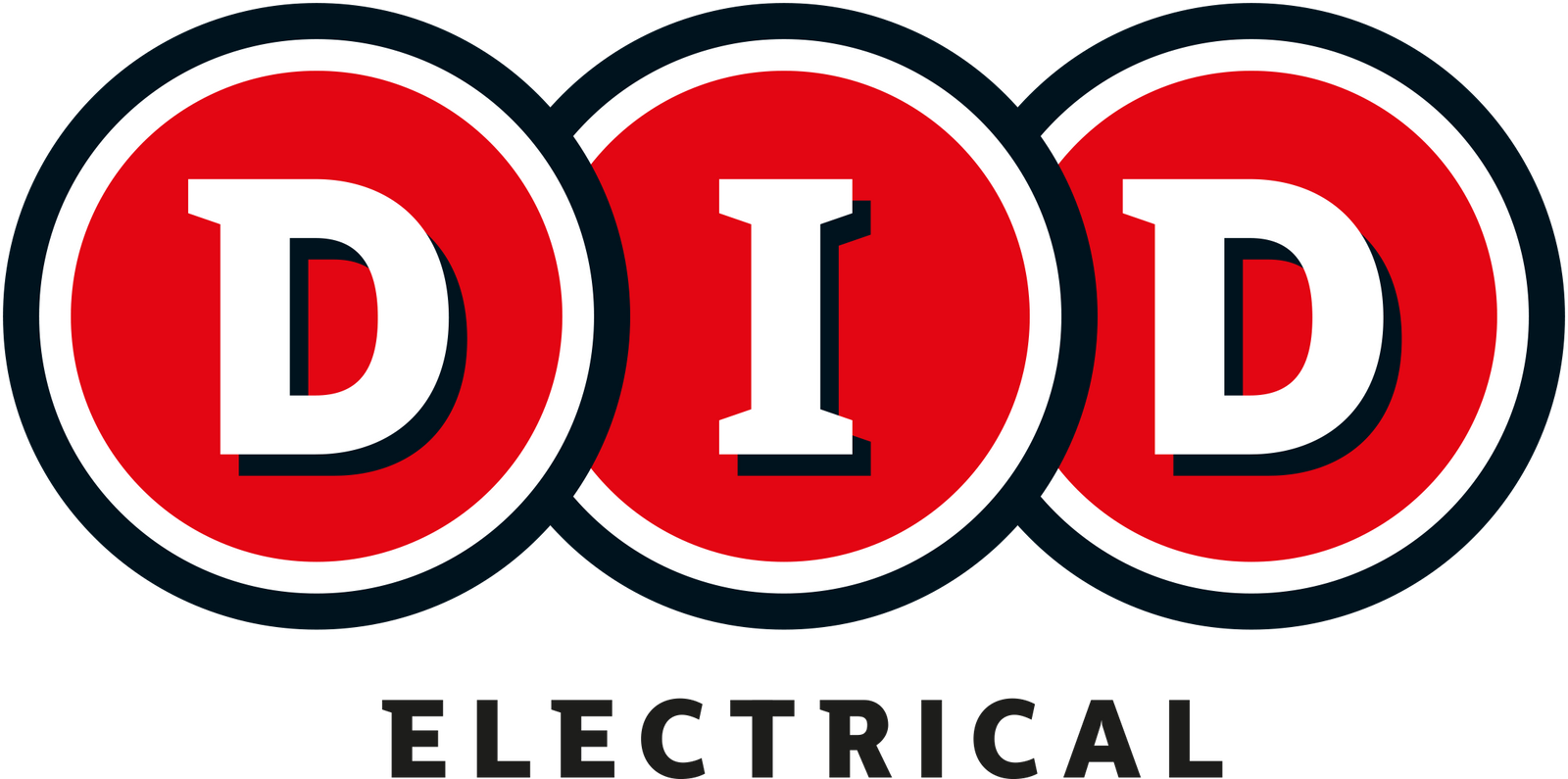What Are Induction Hobs
Induction hobs, also known as induction cooktops or induction stoves, are modern kitchen appliances that use electromagnetic fields to heat cookware directly. They are a popular alternative to traditional gas or electric cooktops due to their efficiency, precise control, and safety features.
Unlike conventional cooking methods that rely on thermal conduction, induction hobs generate a magnetic field that induces electrical currents in the base of compatible cookware, which in turn produces heat. The heat is generated only in the cookware itself, while the surface of the hob remains relatively cool. This technology enables rapid and precise heating, allowing for faster cooking times and greater control over temperature adjustments.
Advantages
Induction hobs offer several advantages. Firstly, they provide quick heat-up times, reducing cooking durations significantly. Secondly, they offer precise temperature control, allowing users to adjust the heat with precision and accuracy. This makes them ideal for delicate cooking techniques that require precise temperature management. Additionally, induction hobs are energy-efficient, as they heat the cookware directly and waste minimal heat.
Another notable advantage of induction hobs is their safety features. Since the cooktop surface remains relatively cool during operation, the risk of burns is significantly reduced. Additionally, most induction hobs have built-in safety features such as automatic shut-off when no cookware is detected or when a specific temperature is reached.
Safety
Induction hobs come equipped with various safety features designed to ensure user safety and prevent accidents. These features contribute to the popularity and appeal of induction hobs as a safe and efficient cooking option. Here are some common safety features found in induction hobs:
Automatic Pan Detection: Induction hobs have sensors that can detect whether cookware is present on the cooking surface. The hob will only activate when compatible cookware is placed on it. If no pan is detected or an incompatible pan is used, the hob will not generate heat, reducing the risk of accidental burns or overheating.
- Auto Shut-Off: Many induction hobs are equipped with an auto shut-off feature. This feature automatically turns off the hob after a certain period of inactivity. It is particularly useful in situations where the user forgets to turn off the hob after cooking, preventing potential hazards and conserving energy.
Overheat Protection: Induction hobs have built-in temperature sensors that monitor the heat levels. If the hob reaches a certain temperature threshold, indicating overheating, it will automatically shut off to prevent damage and reduce the risk of fire.
Child Safety Lock: To prevent children from accidentally operating the hob or changing the settings, induction hobs often include a child safety lock feature. This feature locks the control panel, making it inaccessible or requiring a specific sequence of buttons to be pressed to unlock it.
- Residual Heat Indicators: Induction hobs display residual heat indicators to show which cooking zones are still hot after use. These indicators typically use symbols or lights to indicate the temperature level of the hob surface. It helps users avoid accidental burns by signaling when the surface is still hot even after the hob has been turned off.
- Pan-Size Detection: Some induction hobs have pan-size detection capabilities. This feature recognizes the size of the cookware being used and adjusts the heating area accordingly. It ensures that only the portion of the hob under the pan receives heat, minimizing the risk of burns from contact with a hot surface.
Anti-Overflow Protection: Certain induction hobs include an anti-overflow feature that automatically shuts off the heating element if liquid spills or overflows onto the control panel. This prevents any electrical damage or potential hazards caused by liquid contact.
Overall, these safety features make induction hobs a reliable and secure cooking option, offering peace of mind to users by minimizing the risk of accidents, burns, and other cooking-related hazards.
Induction Pots
Induction pots, also known as induction-compatible or induction-ready pots, are specifically designed cookware that is compatible with induction hobs. They are made with materials that have magnetic properties, allowing them to efficiently interact with the electromagnetic fields generated by the induction hob. When using induction pots on induction hobs, it is important to ensure that the cookware has a flat and magnetic base. Materials commonly used in induction pots include stainless steel with magnetic properties, cast iron, and certain types of enamel-coated cookware. Induction pots provide several advantages when used with induction hobs. Firstly, they offer rapid and even heat distribution, as the electromagnetic field directly induces electrical currents in the base of the pot, resulting in quick and efficient heating.

Secondly, induction pots allow for precise temperature control, enabling users to adjust and maintain the desired cooking temperature with accuracy. It's worth noting that not all pots and pans are suitable for induction cooking. Non-magnetic materials like aluminium, copper, and glass are not compatible unless they have a magnetic bottom layer. To check if a pot is induction-compatible, you can use a magnet to see if it sticks to the base.
How do induction hobs work?
Induction hobs use electromagnetic fields to directly heat the cookware placed on the surface. The hob generates a magnetic field that induces electrical currents in the base of compatible cookware, which in turn produces heat. The heat is generated only in the cookware itself, while the surface of the hob remains relatively cool.
What are the advantages of using an induction hob?
Induction hobs offer several advantages. They provide rapid heat-up times, precise temperature control, and energy efficiency. They also offer enhanced safety features, as the cooktop surface remains cool, reducing the risk of burns. Induction hobs are easy to clean and maintain as well.
Is all cookware compatible with induction hobs?
No, not all cookware is compatible with induction hobs. Induction hobs require cookware with a magnetic base for efficient heating. Materials such as stainless steel with magnetic properties, cast iron, and certain types of enamel-coated cookware are suitable for induction cooking. Non-magnetic materials like aluminium, copper, and glass are not compatible unless they have a magnetic bottom layer.
Are induction hobs energy-efficient?
Yes, induction hobs are known for their energy efficiency. They heat the cookware directly and waste minimal heat. Compared to gas or electric cooktops, induction hobs are more efficient as they heat up faster and deliver heat precisely to the cookware.
Are induction hobs safe to use?
Yes, induction hobs are considered safe to use. The surface of the hob remains relatively cool during operation, reducing the risk of burns. They often come with safety features such as automatic pan detection, auto shut-off, overheat protection, child safety locks, and residual heat indicators, which contribute to user safety.










